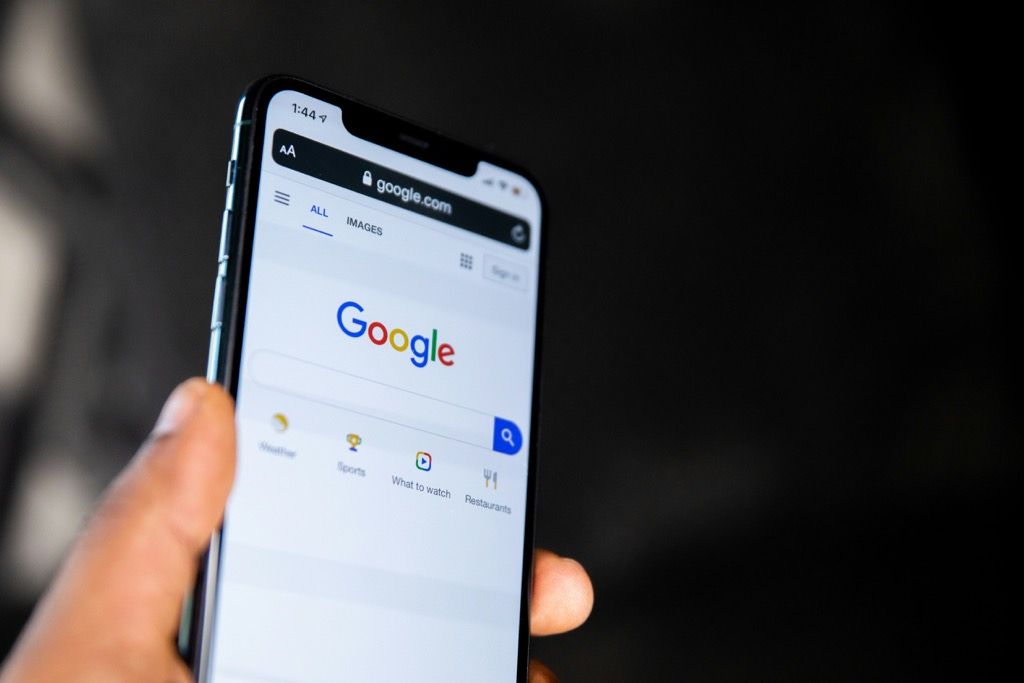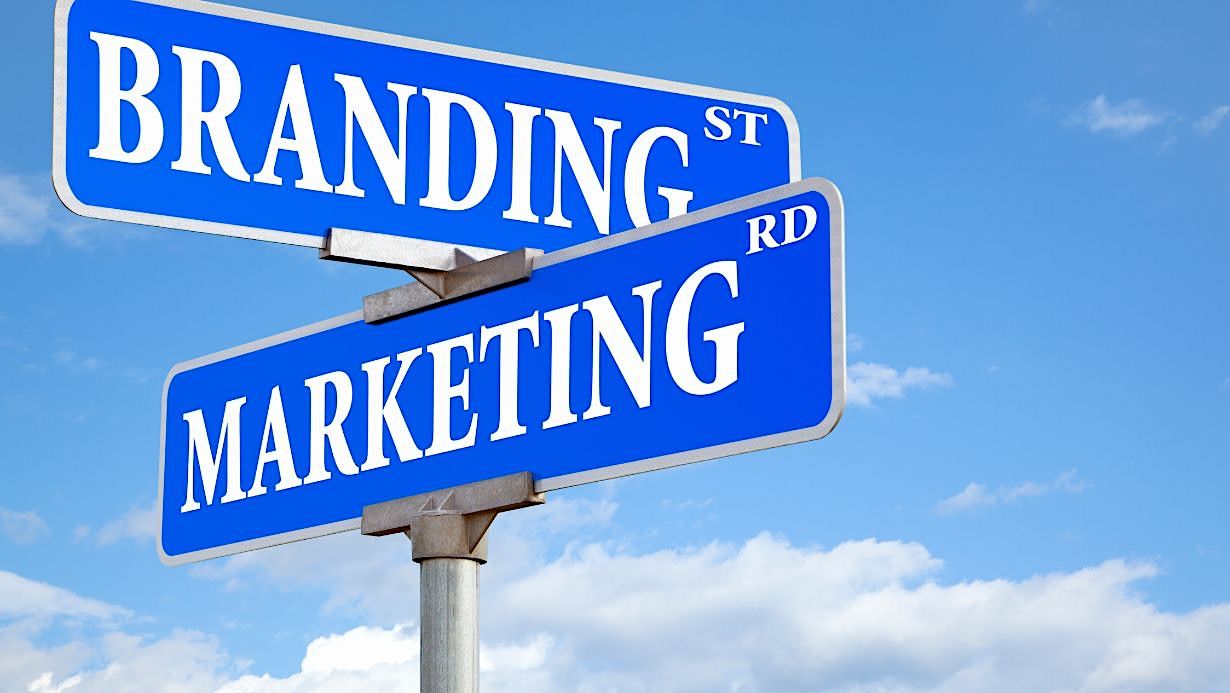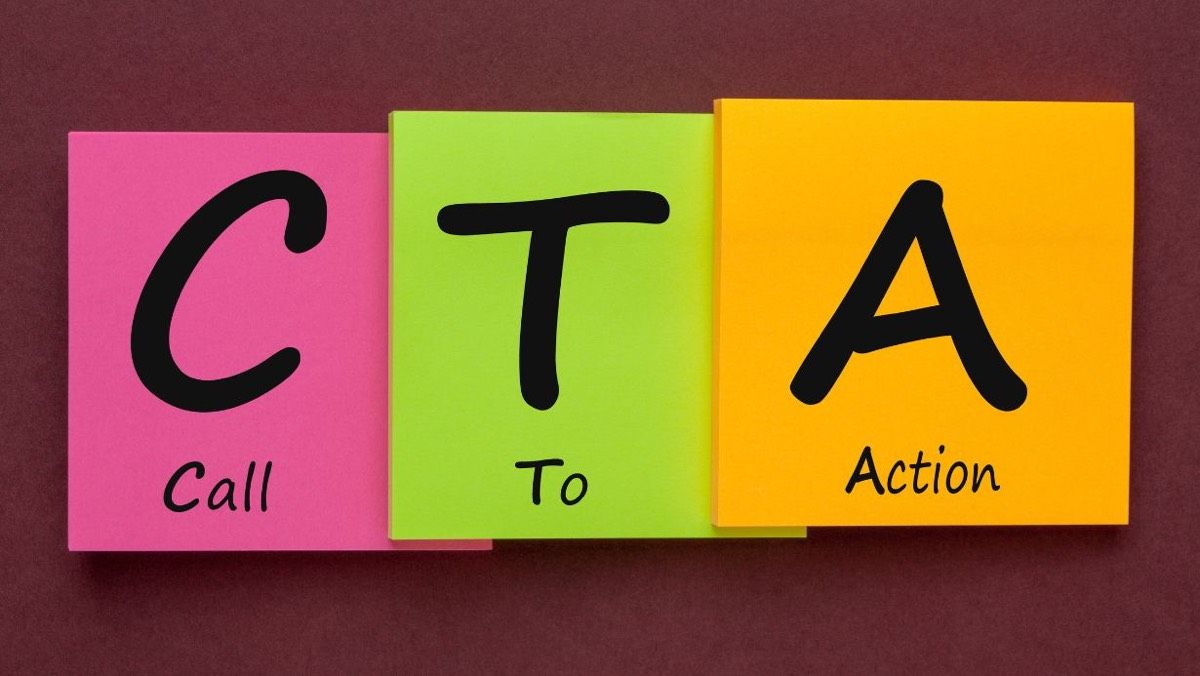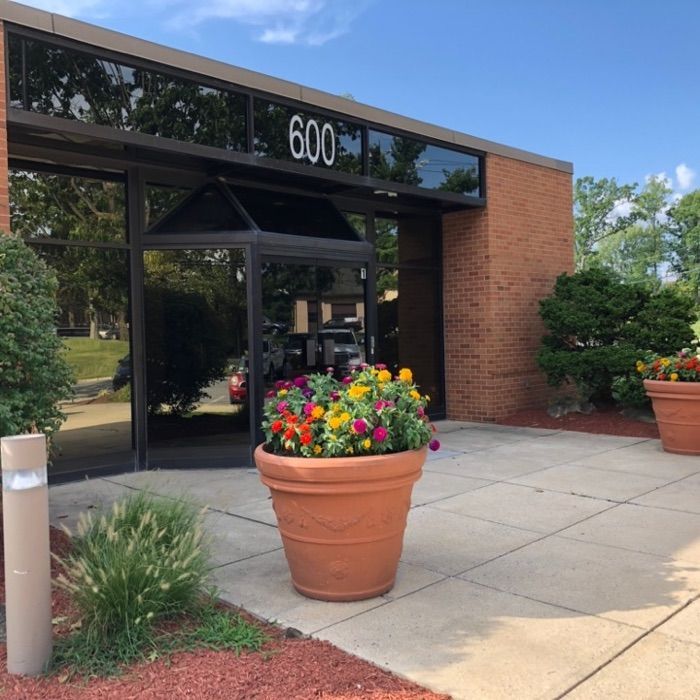Web Design Tips for E-Commerce Success
Certain web design principles apply specifically to e-commerce websites. While some web stores may be clean and pleasant to look at, and may even attract a select group of visitors, if they suffer from poor usability or an inappropriate or weak marketing signal, then their owners are leaving money on the table.
A well-designed e-commerce site is vital to selling your products online, and key to a strategy that does not needlessly leave extra money on the table. Here are a few web design principles to increase sales and foster long-term customer relationships by providing a positive online experience.
Clean User Interface
A cluttered or confusing interface drives potential customers away. On the other hand, a clean, well organized, and visually attractive interface draws the viewer’s attention to important calls-to-action, which, in turn, drives conversions and profit. A clean, carefully planned website design communicates both efficiency and professionalism. Instead of trying to impress viewers with bells and whistles, turn their attention to the shopping path you wish them to follow.
Creating a clean interface also means limiting the number of calls-to-action on a page, keeping category and navigational elements structured, and using readable fonts. These elements can work together to hold the viewer’s attention and focus the browsing and shopping process.
Speed and Uptime
E-commerce thrives on 24/7 demand and availability, allowing customers to conveniently shop any time of the day or night, and, with smart phones and other portable devices, from virtually any location. A great user experience requires fast information retrieval, including text, graphics, and videos. Find a reliable, high-speed e-commerce web hosting provider and hosting plan. You’ll save time and money by avoiding server downtime and slow website performance, both of which can drive customers away and harm your search engine rankings. Your web design and e-commerce strategy should include providing the best possible customer experience, and speed is a critical element of that strategy.
Visible Sign Up and Checkout Process
Easy-to-understand and well-placed call-to-action buttons and boxes are also important considerations. Your sign-up, “buy now”, and add-to-cart buttons are perhaps your most important calls to action. A results-oriented web design plan includes forms and buttons that elicit a positive response from shoppers and visitors, so make them clear, convenient, and direct. Avoid requiring customers to fill out long sign-up forms when all you really need are a few basic details and an email address. De-emphasize phrases like “more details” and “learn more” and place greater emphasis on “buy now” and “add to cart”.
Effective Use of Colors
Another important web design element is the use of colors that work well with your web design theme, yet emphasize your calls-to-action. Use contrasting colors for you calls-to-action to help them stand out. Consider using standard colors like “Amazon yellow” for your “Add to Cart” and “Check Out” buttons, as they are likely to feel intuitive and familiar to your shoppers.
An Intuitive Product Page that Lets Users Control Their Shopping Experience
Personalized shopping drives the growth of many e-commerce websites. Offer your visitors tools that allow them to customize their shopping experience. Let them search for and sort products by category, price, feature, release date and other relevant variables. It’s also important to provide a large, detailed product image (typically as a separate click), description, and product availability.
SEO Counts for E-Commerce Too
A winning e-commerce web design strategy includes a smart search engine optimization (SEO) strategy. Besides optimizing the visual aspect of your website for your customer, it’s important to optimize your content (text, video, images, etc.) for the search engines. High-ranking websites feed the search engines with content that is well defined and well structured from the headings down to the footer links. Use proper heading tags and meta data and, most importantly, do your keyword research for each product and product category, and use those keywords in your page, category, and item descriptions, and in your other meta-data.
Create a Positive Experience for MOBILE Shoppers
Shoppers are increasingly turning to mobile devices to perform their online shopping, and trend-watchers are predicting that that m-commerce will overtake desktop and laptop e-commerce in the near future. Suffice it to say that your website should be designed to automatically reformat the navigational buttons, images, shopping experience, and check out process specifically for the small screens common to mobile devices. For more on this topic, please see our m-commerce blog posts (simply type "m-commerce" in the search field of our blog).
In summary, it’s wise to leave no part of your e-commerce web design plan to chance. Everything must be well planned and executed if it’s online business success you’re after. Following these steps will increase your likelihood of creating an experience that rewards your shoppers with a pleasant experience, and rewards you with repeat business.
Need Help Creating a Better E-Commerce Experience?
If you would like to stay abreast of these and other issues to help your business succeed in today’s online world, please subscribe to our blog . If you would like help in creating an online marketing strategy for your business, with our without e-commerce, please contact us .
















